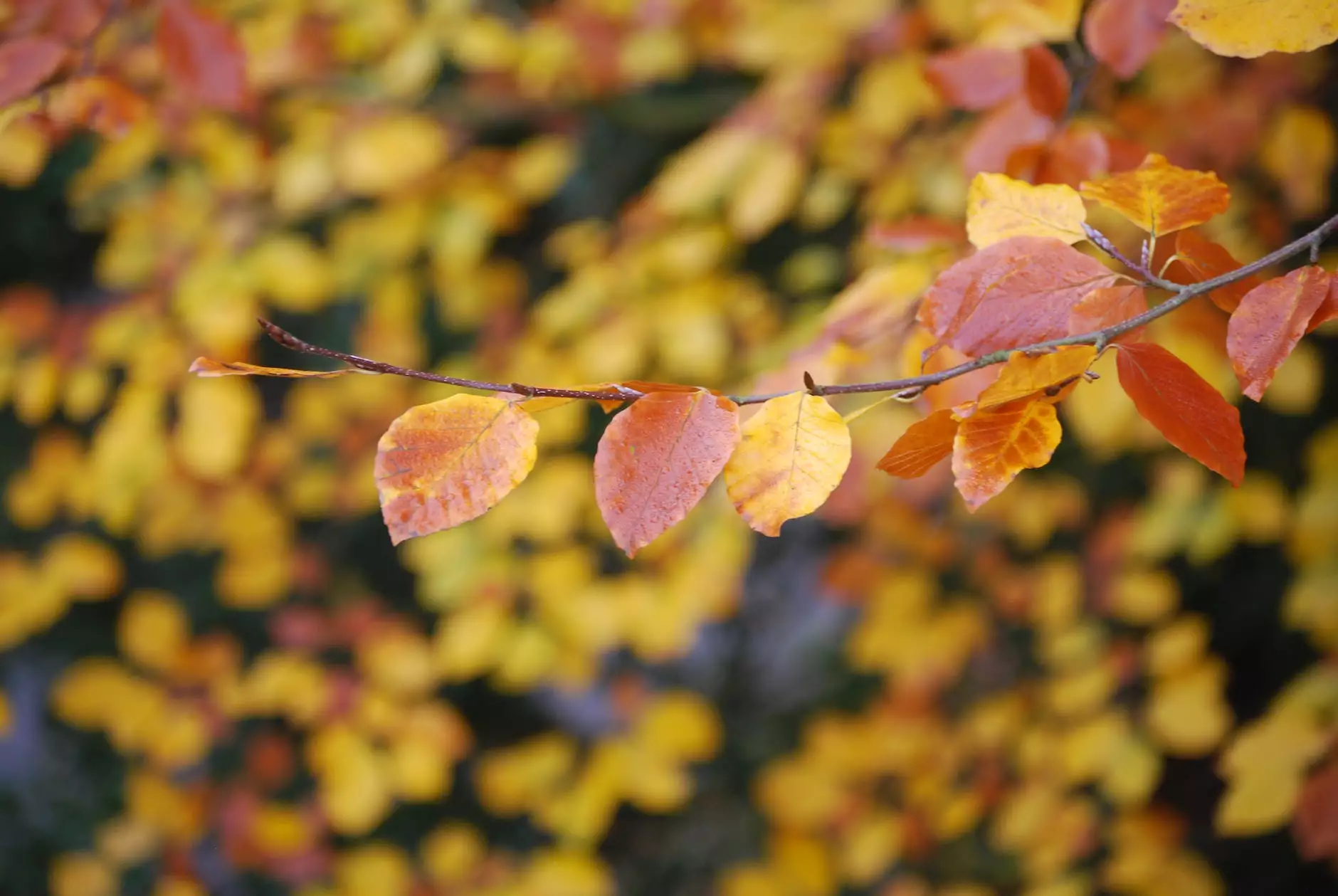Plant of the Week: Oleander - VerdeGo Landscape
Blog
Introduction to Oleander
Welcome to Southside Fixtures' Plant of the Week series! In this edition, we are excited to showcase the stunning Oleander plant. Known for its vibrant blooms and hardy nature, Oleanders are a popular choice among landscape enthusiasts. Whether you're a homeowner or a business owner looking to enhance your outdoor space, Oleanders offer a myriad of benefits that make them a valuable addition to any landscape.
About Oleanders
Oleanders, scientifically known as Nerium oleander, are evergreen shrubs or small trees native to the Mediterranean region. With their showy flowers and glossy foliage, Oleanders are prized for their ornamental value. These versatile plants can grow up to 20 feet tall and are characterized by their lance-shaped leaves and fragrant blooms. The flowers come in various colors, including shades of red, pink, yellow, and white, adding a splash of color to any landscape.
Care and Maintenance
Proper care is essential to ensure the health and vitality of your Oleander plant. Here are some important factors to consider when caring for your Oleanders:
1. Light and Soil Requirements
Oleanders thrive in full sun but can tolerate partial shade. They prefer well-draining soil, so make sure to choose a location with good drainage. If your soil is heavy or clay-like, consider amending it with organic matter to improve drainage.
2. Watering
While Oleanders are drought-tolerant once established, regular watering during their initial growth phase is important to help them establish strong roots. Water deeply but infrequently, allowing the soil to dry out slightly between watering sessions.
3. Pruning
Pruning is essential to maintain the shape and size of your Oleander plant. It is best to prune them in late winter or early spring before new growth begins. Remove any dead or diseased branches, as well as any crossed branches that may cause rubbing and damage to the plant.
4. Fertilizing
Oleanders benefit from regular fertilization to promote healthy growth and abundant blooms. Use a balanced, slow-release fertilizer in spring and again in midsummer. Follow the instructions on the fertilizer package for proper application rates.
Benefits of Oleander
In addition to their aesthetic appeal, Oleanders offer several benefits that make them an attractive choice for landscaping:
1. Drought tolerance
Once established, Oleanders are highly drought-tolerant, making them suitable for regions with hot and dry climates. Their ability to thrive in challenging conditions makes them a sustainable and low-maintenance landscaping option.
2. Wildlife attractant
Oleander flowers are a magnet for butterflies, bees, and hummingbirds. By incorporating Oleanders into your landscape, you can create a haven for these pollinators, promoting a healthy ecosystem within your surroundings.
3. Privacy screening
Due to their dense foliage, Oleanders can be used effectively as a privacy screen or hedge. Planting Oleanders strategically can help create a beautiful and functional barrier, adding both privacy and natural beauty to your outdoor space.
4. Pollution tolerance
Oleanders are known for their ability to withstand pollution, making them suitable for urban areas with high levels of air pollution. They can help improve air quality by acting as natural air filters, absorbing pollutants and releasing oxygen.
Conclusion
Oleanders are truly remarkable plants that offer beauty, versatility, and numerous benefits. Whether you're looking to add a pop of color to your garden, attract pollinators, or create a natural privacy screen, Oleanders are an excellent choice. Remember to provide proper care and maintenance to ensure the health and longevity of your Oleander plant.



